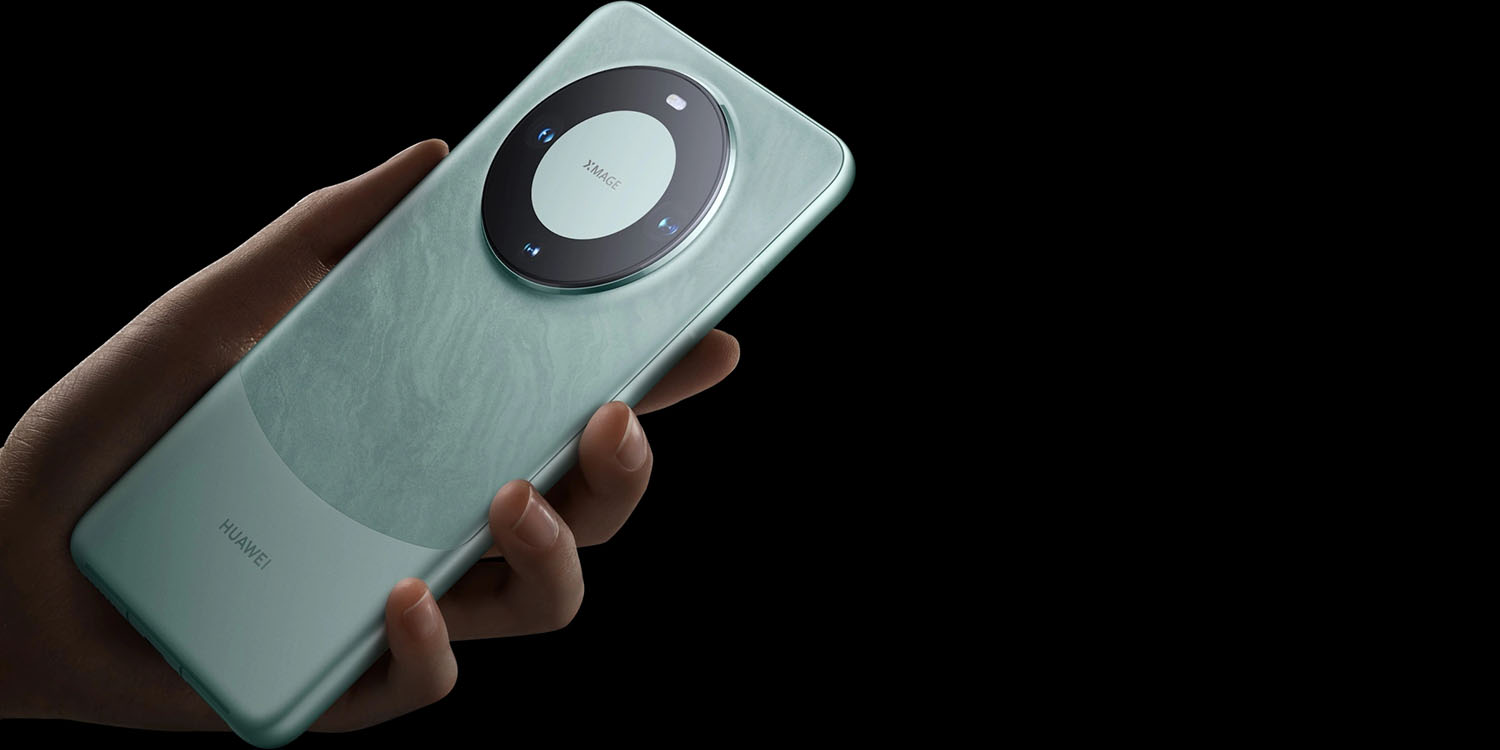
iPhone sales in China are continuing to be affected by the surprise re-emergence of Huawei as a competitor in the premium smartphone market, says a new report.
US sanctions on China last year appeared to have removed Huawei as a serious iPhone competitor, but the company surprised the world when it launched the Mate 60 …
The rise, fall, and rise of Huawei
Chinese brands long enjoyed a significant advantage over Apple, after discovering local enthusiasm for what were then known as phablets: larger-screened phones that the Cupertino company didn’t make.
Ironically, Apple’s launch of the iPhone 6 – the first model to match the screen sizes offered by local brands – did Huawei a favor. Given serious competition, the company upped its game, reduced the prices of its premium models, and played on patriotism to compete with this new generation of iPhones.
Huawei’s lead over Apple peaked in 2020, when the US imposed tech sanctions on China. These blocked the export of 5G chips from the US to China. Given that 5G capabilities was by then a must-have for any premium phone, Huawei’s sales fell off a cliff.
But Huawei this year launched the hugely successful Mate 60, a premium phone with a 5G chip made by a Chinese company – something tech experts had considered impossible in the time timescale.
Surprise at this development wasn’t limited to the tech sector – it was even raised by the US National Security Advisor during a recent White House press briefing. The two main theories are sanctions-busting, to obtain US-made chips which were rebranded as Chinese ones, and industrial espionage, where China has obtained unauthorized access to US chip designs.
iPhone sales in China hit
iPhone sales in China had taken a significant hit from the unexpected competition, and the latest Counterpoint data suggests that Apple’s problem is worsening, as Huawei sales continue to grow.
“The clear standout in October has been Huawei with its turnaround on the back of its Mate 60 series devices. Growth has been stellar with its new launch marketing and strong media coverage around its ‘Made in China’ chipset,” notes China analyst Archie Zhang. “Demand continues to be high double-digits and we’re also seeing a halo effect, with other models from the vendor performing well.”
In October, Huawei smartphone sales grew by 83%, while Apple’s own growth was 11% – far lower than would have been expected for a few weeks after a new launch.
A glimmer of hope, in the iPhone 15 Pro Max
The iPhone 15 Pro Max does seem to offer a sign of hope, however. Apple is reportedly still struggling to meet demand for some specific colors of the top-end model, suggesting that sales will increase once that demand can be met.
Photo: Huawei
FTC: We use income earning auto affiliate links. More.




